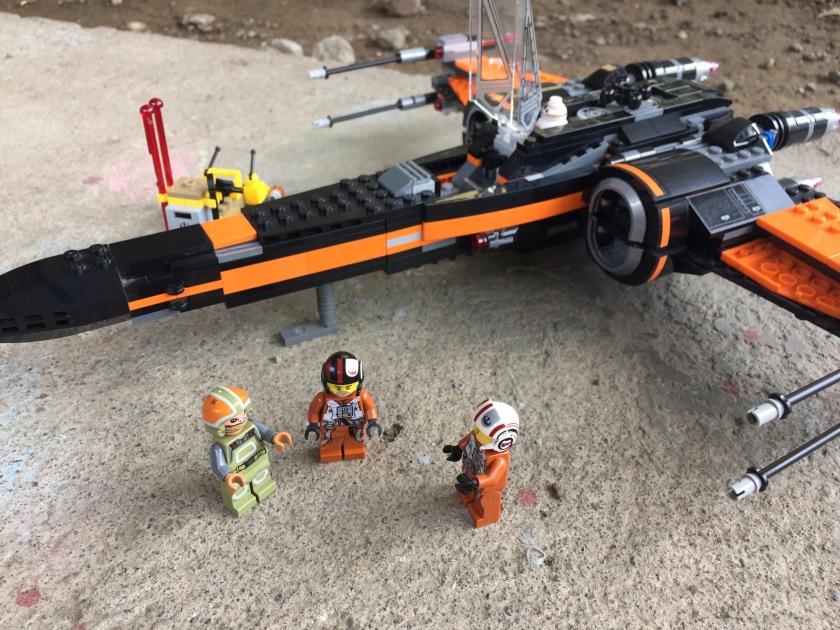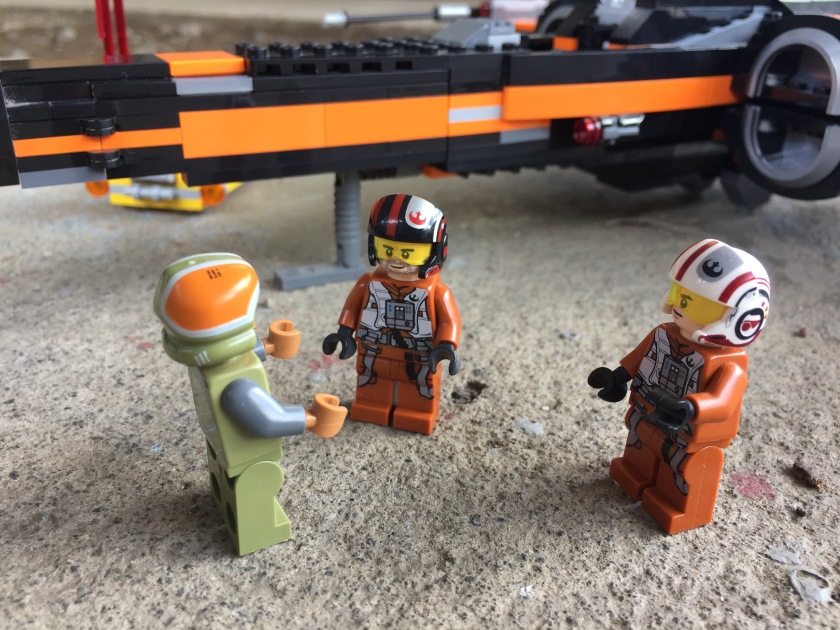I have worked with people I haven’t met personally. I have just seen their pictures on our online HR tool or Skype. I have only talked to them during online meetings. One key thing which enables me to work well with them is I have made an effort to establish a growing personal relationship with them. You can not be a coach to someone who you don’t have a personal connection with.

Make the Effort to Know the Person
How well do you know the people you are working with? This is an important question to answer. Making an effort to know your teammates is vital in being able to work well with them. For one thing, having discussions with people you know is easier than having it with strangers. When you know the person you are talking to well enough, you are able to effectively communicate with him or her. You know what to say and what not to say. You know how to start a conversation and how to approach a sensitive topic.
So how do you do this when working with a remote team? Here are some of the activities I do:
- During daily standup meetings, I encourage having small talk. When working from home you don’t have the chance to engage in “watercooler conversations” or “pantry discussions”. I have found that spending a few minutes during the standup meeting to have casual conversations is helpful in getting to know teammates.
- I have regular 1 on 1 meetings with individuals. Nothing beats a good heart to heart talk with someone. Haha! Seriously though, it is very good to engage in having one-to-one conversations with your teammates. It doesn’t have to be formal but it is good if you have an interesting topic prepared for discussion. As an Agile Coach, usual topics I discuss with individuals include: questions about our Lean Agile Process and use of Kanban, continuous improvement activities done by individuals, and of course latest news about Star Wars.
- I have random chats and calls with people. Just like how you would visit a teammate’s cubicle in the office to have a nice casual chat, I start a random chat or a call with someone. I take this opportunity to know more about the person. What common interests do we have? What does he or she think about a certain news? What are the places we have visited? Knowing bits of trivia about the person helps your relationship with them grow.
We be jammin’ mon
After you get to know more about a person, you get to “jam” with them easily. Starting conversations become natural. Navigating sensitive topics becomes less difficult. Asking hard questions becomes not that hard (no pun intended). This is the next level of growth after you get to know more about the people you are working with.
You must have empathy with your teammates. It is good to be able to understand their feelings and also be able to share those feelings with them. One of the habits of highly effective individuals as per Stephen Covey is: “Seek to understand first, then to be understood.” This is an essential habit to form so that you can form great working relationships.
You and me, one on one
I think this is really important so I will repeat myself. Having regular one on one conversations with a person helps a lot in growing your relationship.
As a coach I want to be a sounding board for everyone, someone who can listen to their concerns. The one on one meetings with people give me the opportunity to reach out and listen to them. I also make sure to prepare good topics to discuss so time spent on the meetings turns out to be valuable. I start the conversation by inviting a teammate. This is completely voluntary. I don’t make them feel that they’ll get into trouble if they don’t talk to me. If they prefer to set a scheduled meeting then we go that route. Being mindful of schedules and workload of teams is a must. You can have better discussions if your teammate can focus on the talk rather than having other matters being a distraction.

Repeat
I believe there is always something new to learn about a person. I think growing a good working relationship with a teammate is a never-ending activity. You have to continuously make the effort to maintain the personal connection.
How about you, what do you do to build connections with people you are working with?
Han: “Together again, huh?”
Luke: “Wouldn’t miss it.”
Han: “How we doing?”
Luke: “Same as always.”
Han: “That bad, huh?”
– Han Solo and Luke Skywalker, Star Wars Episode 6 – Return of the Jedi





